Resources
Dive Into Books& Articles
Read Books & Articles
Explore Books & Articles Now
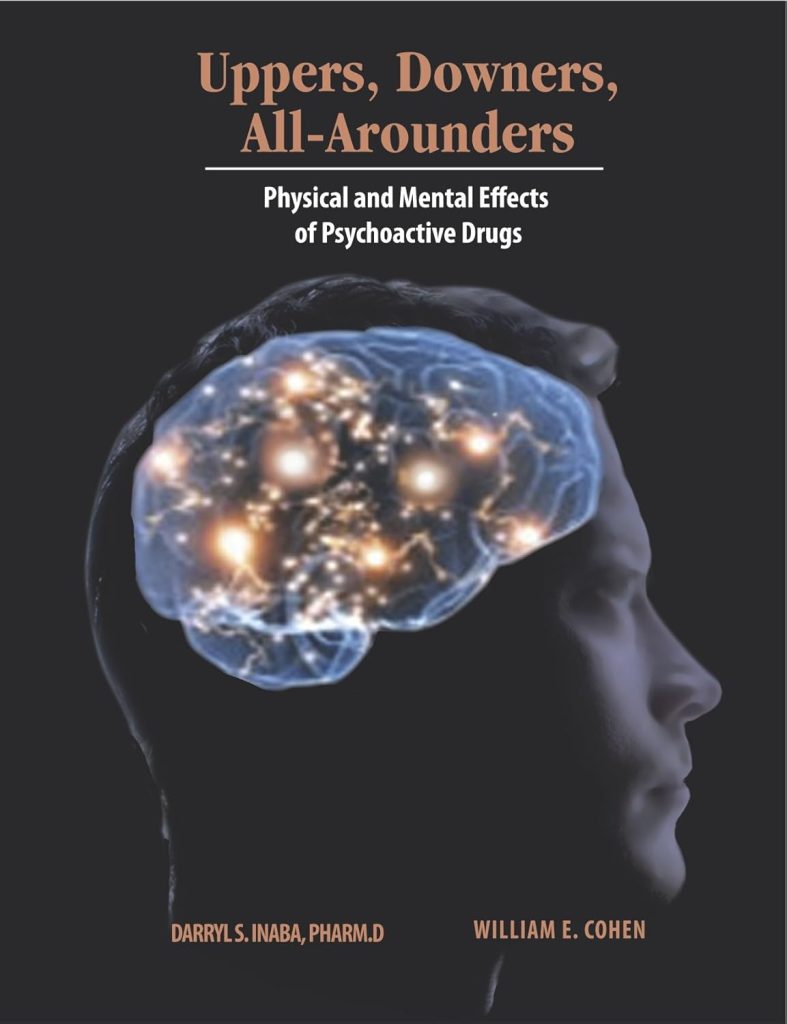
By Darryl S. Inaba, 2014.
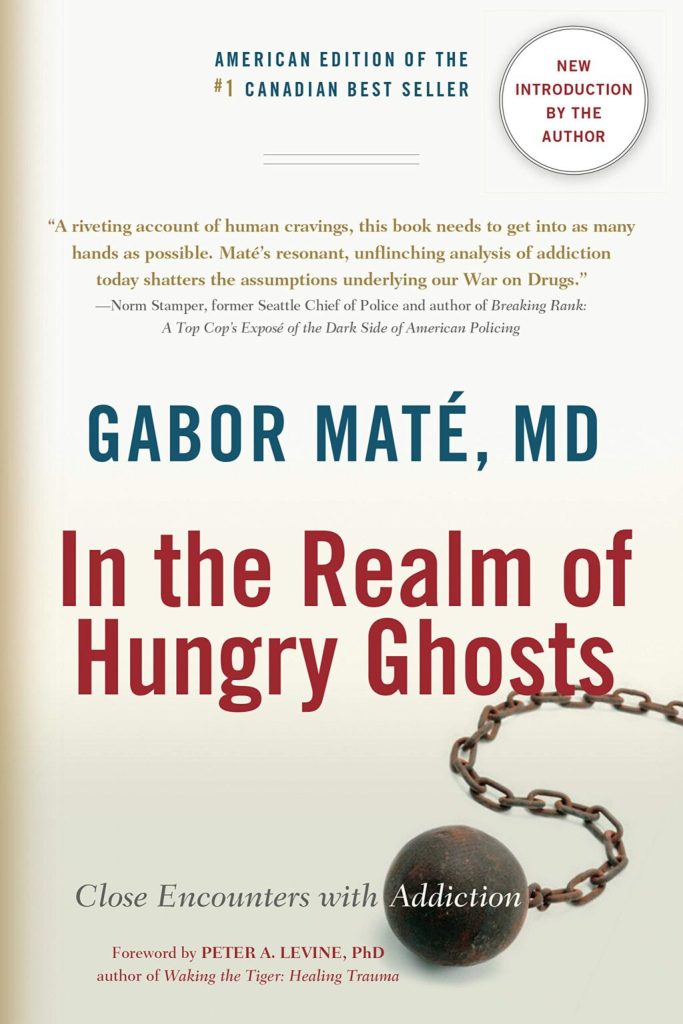
By MD Gabor Maté, 2010.
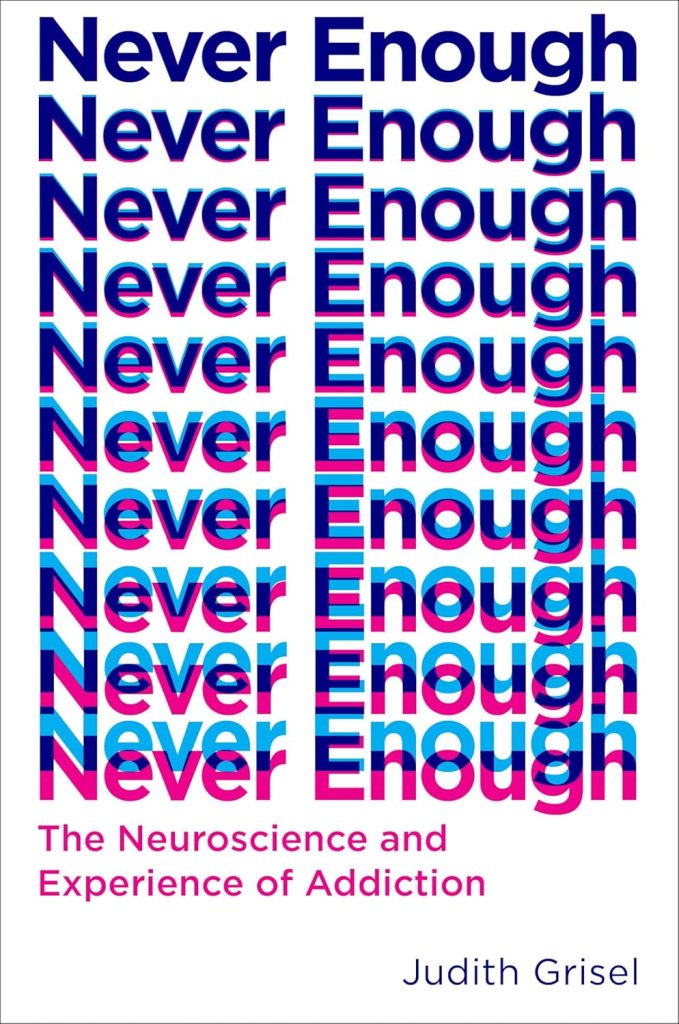
By Judith Grisel, 2019.
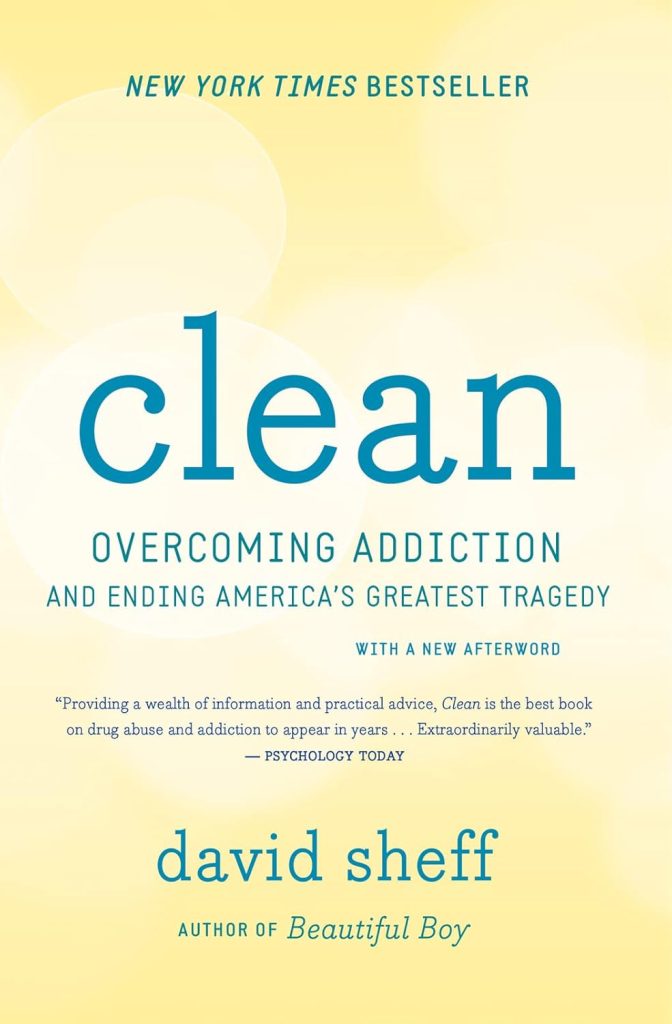
By David Sheff , 2013
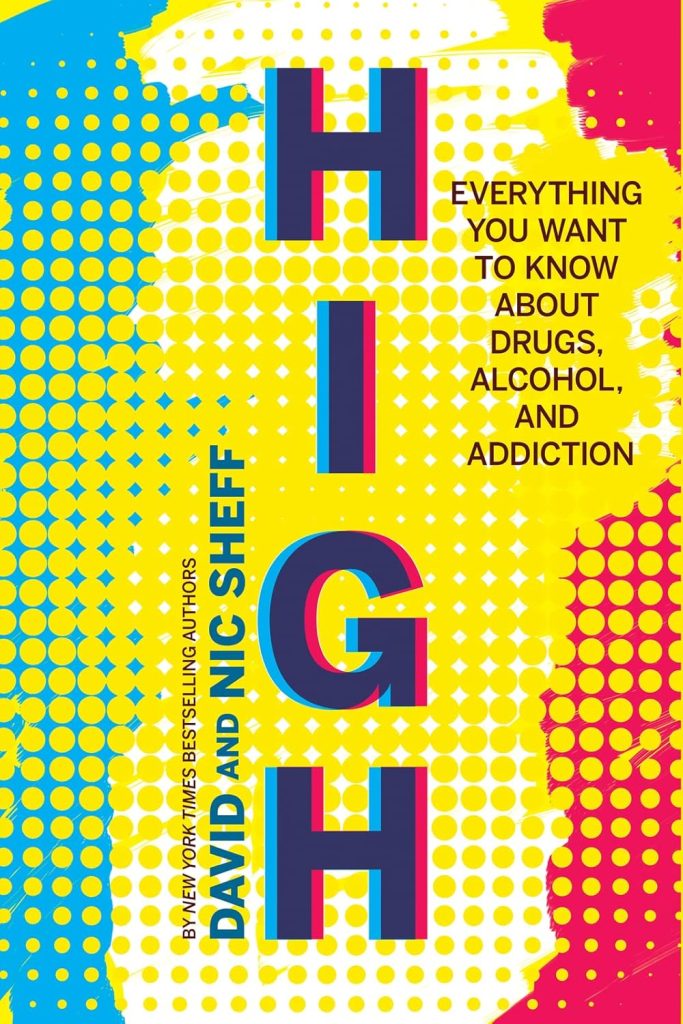
By David and Nic Sheff, 2019
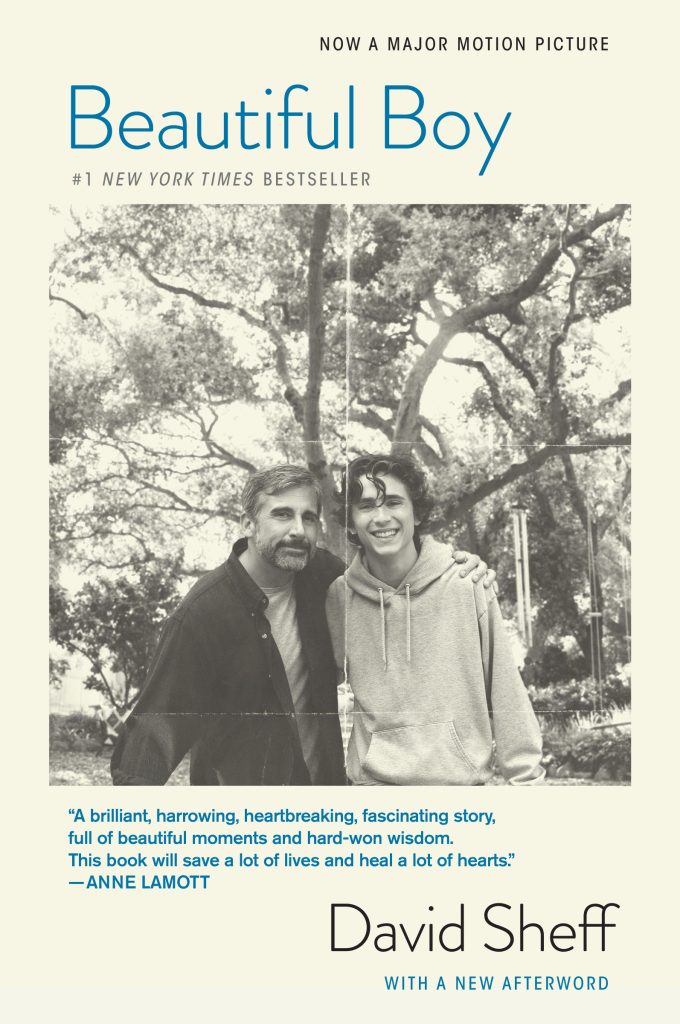
By David Sheff, 2008
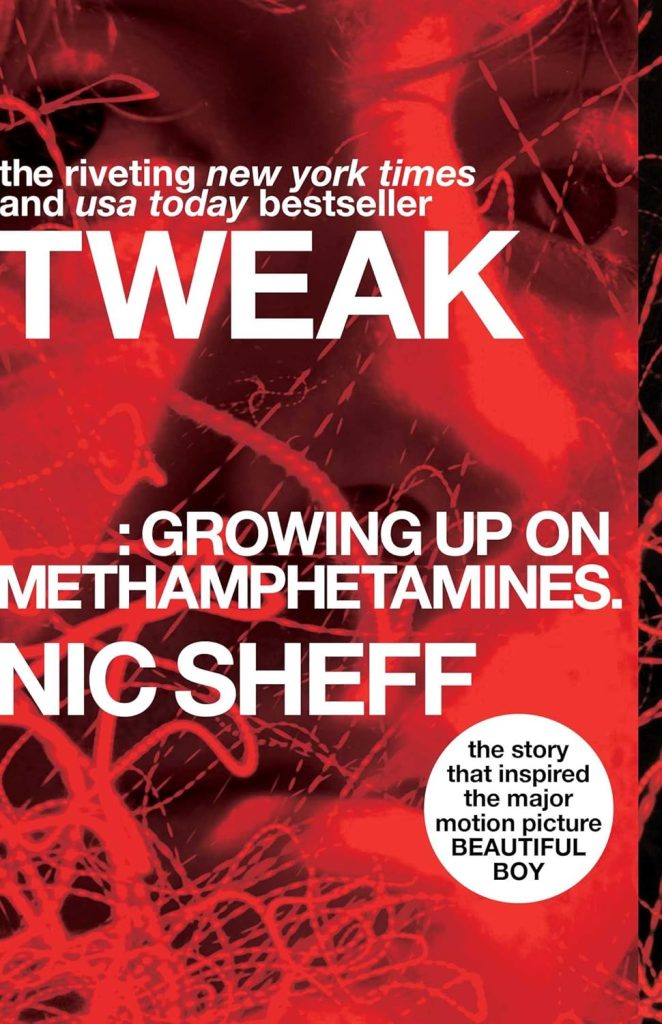
By Nic Sheff, 2007
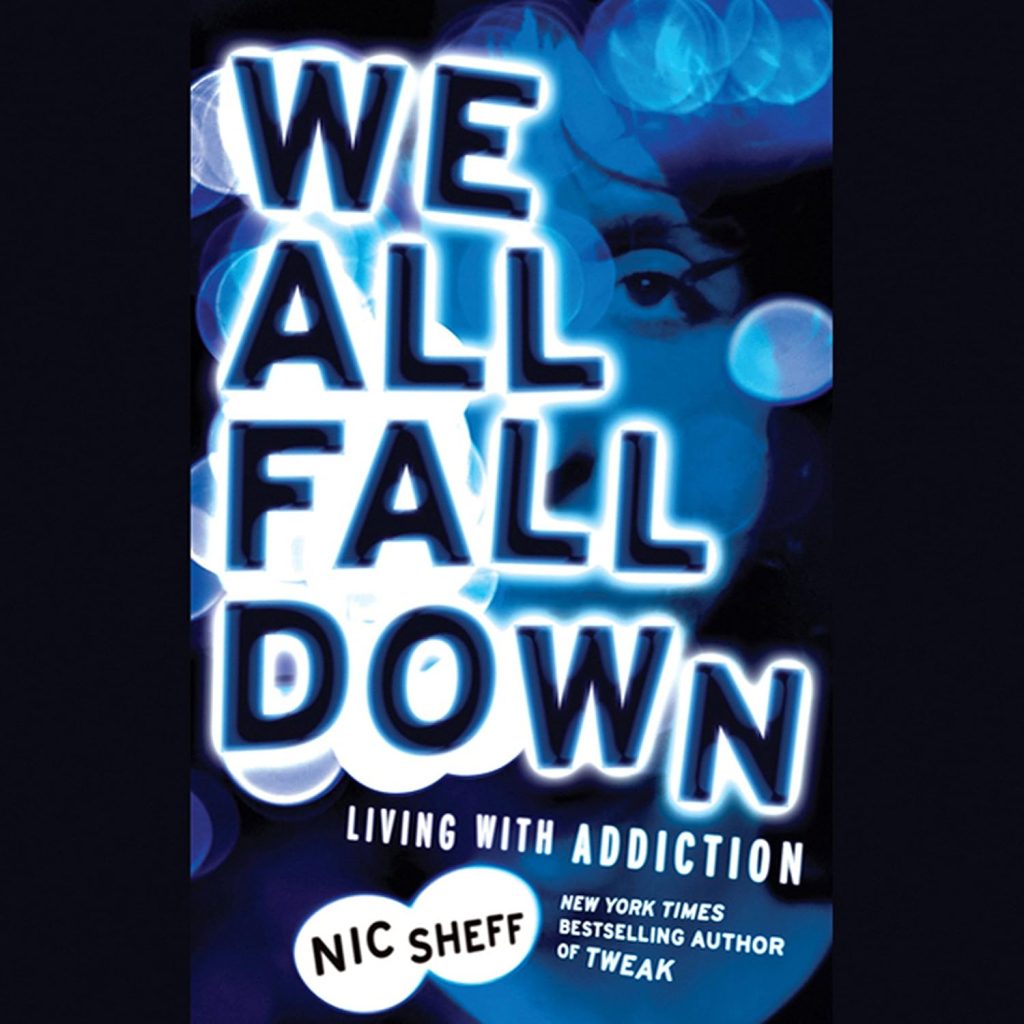
By Nic Sheff, 2011
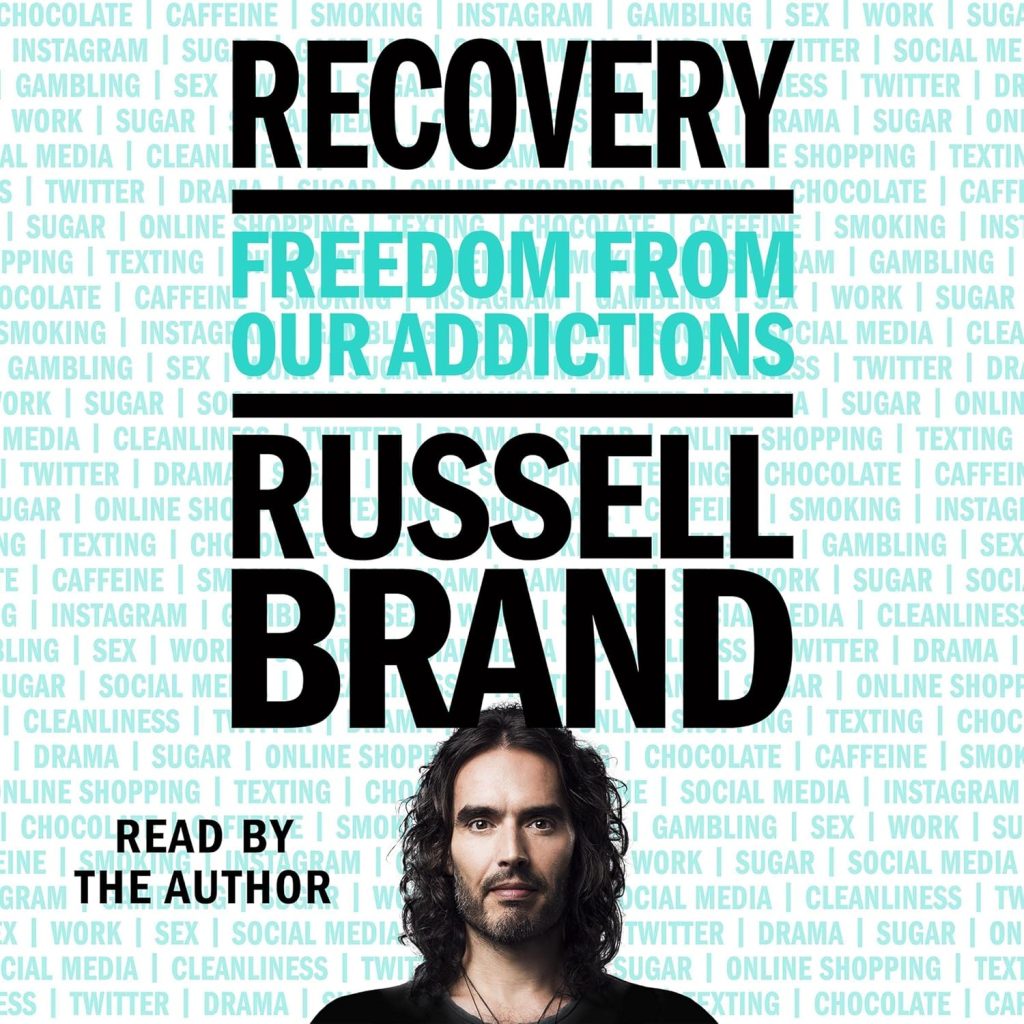
By Russell Brand, 2017
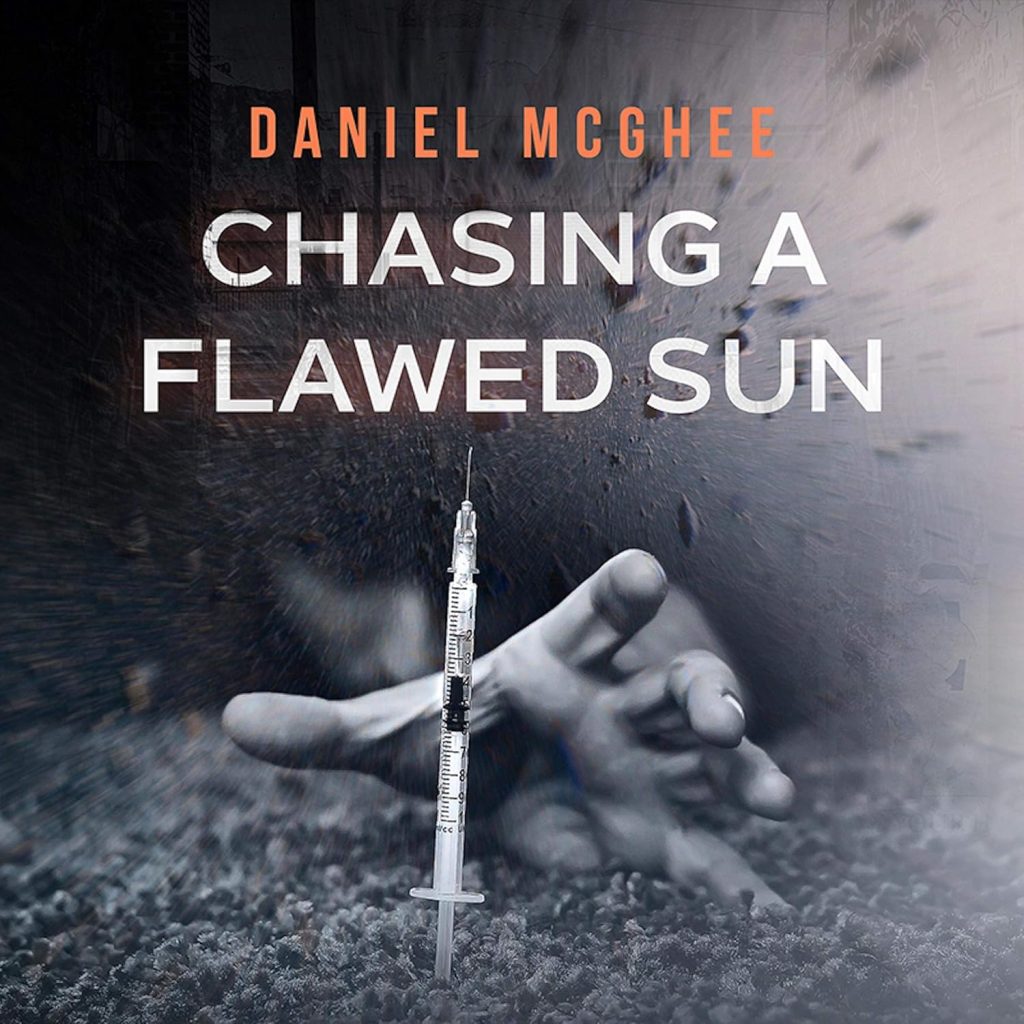
By Daniel McGhee, 2019
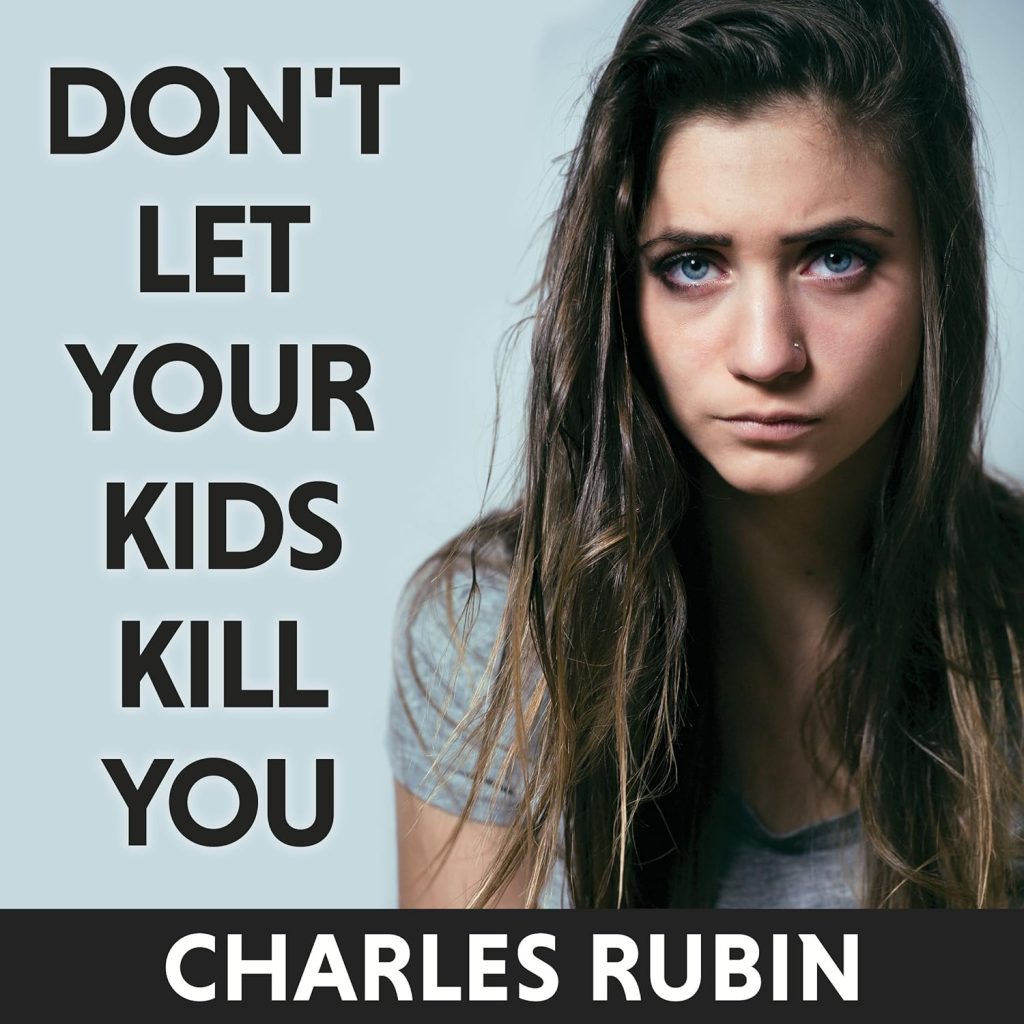
By Charles Rubin, 1996
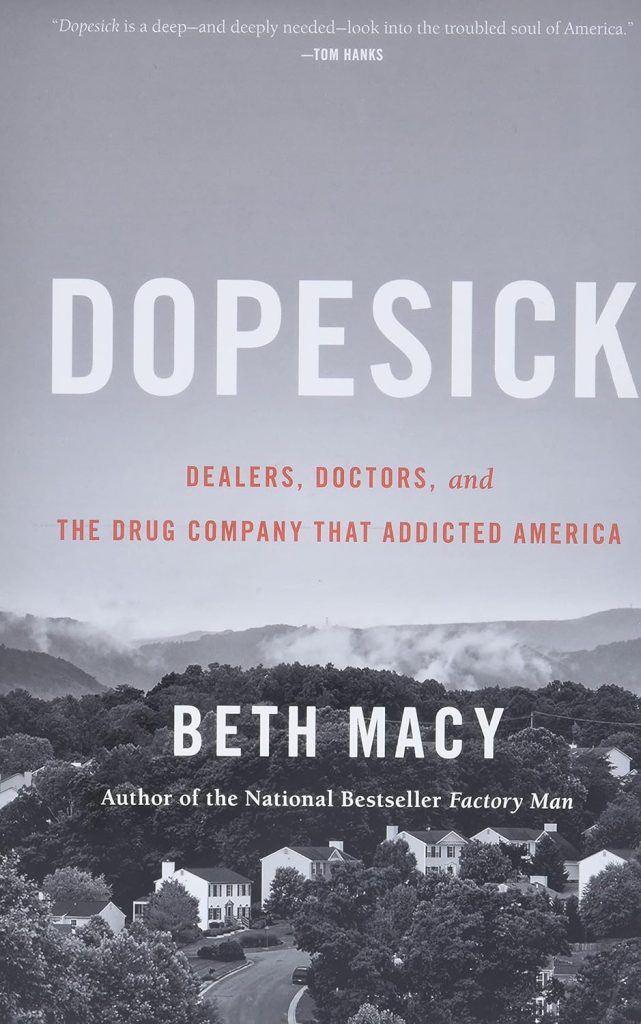
By Beth Macy, 2018
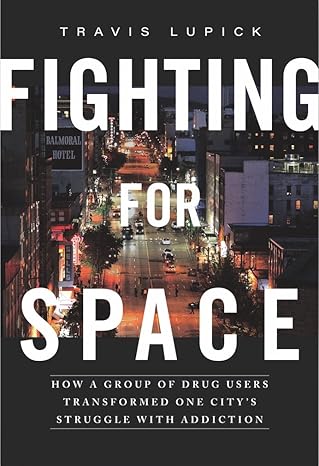
By Travis Lupick, 2018
Fighting for Space tells the powerful true story of a group of drug users and activists who fought for harm reduction in Vancouver, Canada. Faced with an escalating overdose crisis, they defied stigma, challenged government policies, and pioneered the first sanctioned safe injection site in North America. Journalist Travis Lupick captures their struggle for dignity, justice, and life-saving change, weaving personal stories with broader discussions on addiction, public health, and activism. This book is a compelling look at how grassroots efforts can reshape policies and save lives in the face of a public health crisis.
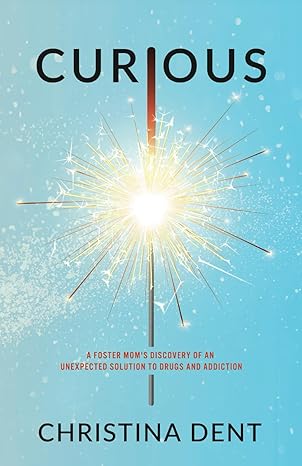
By Christina Dent 2023
Curious: A Foster Mom’s Discovery of an Unexpected Solution to Drugs and Addiction by Christina Dent is a powerful memoir that challenges traditional views on addiction. As a foster mom in Mississippi, Dent witnesses firsthand how punitive drug policies impact families, leading her to question everything she once believed. Through personal experiences and in-depth research, she explores a more compassionate, evidence-based approach to addiction—one that prioritizes healing over punishment. This thought-provoking book invites readers to reconsider how society treats addiction and offers a hopeful vision for change rooted in empathy, understanding, and effective solutions.
